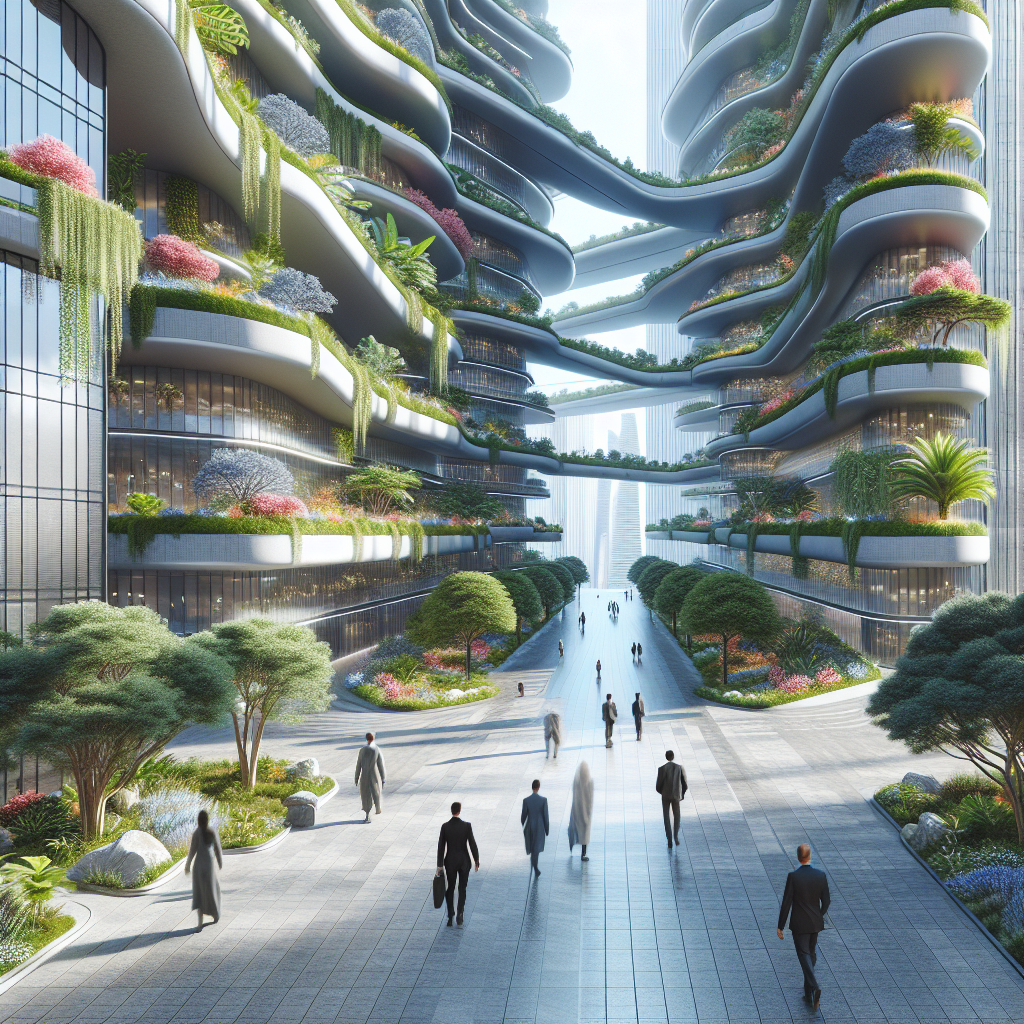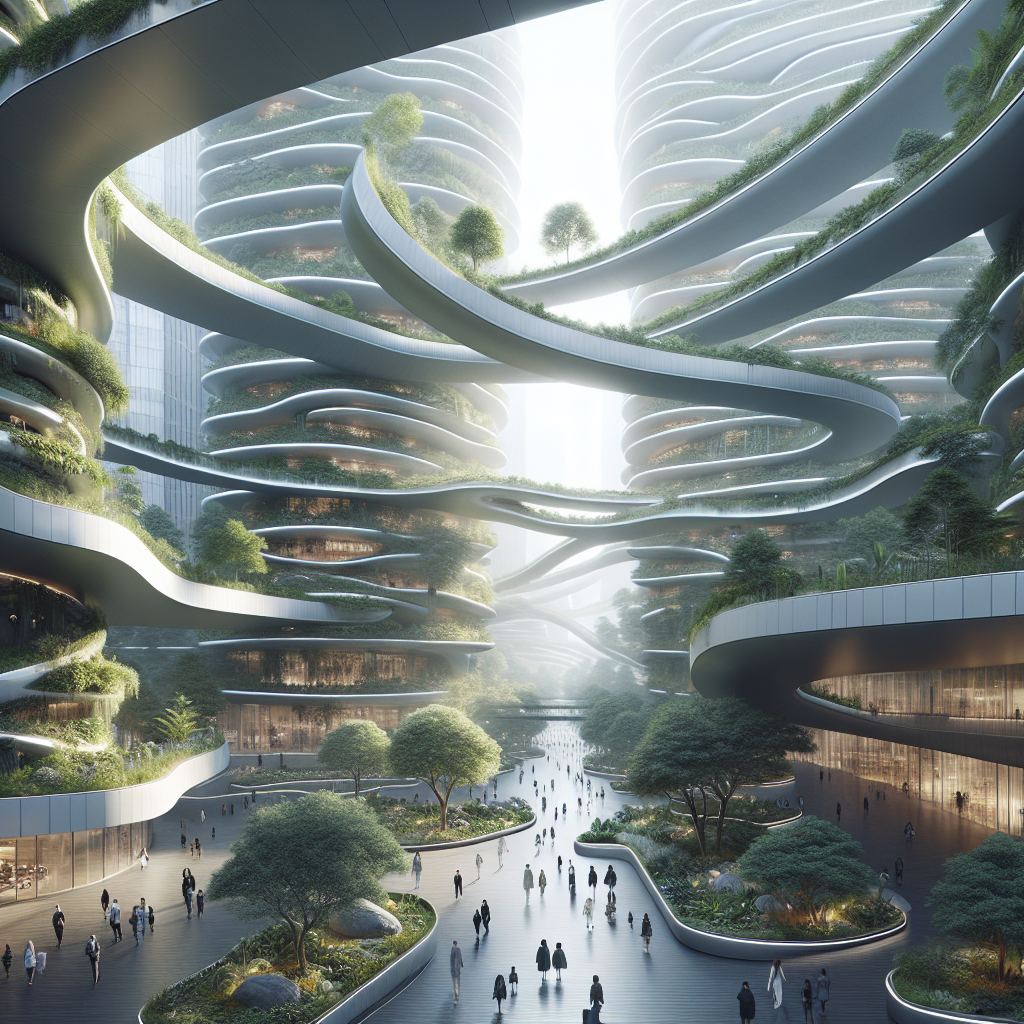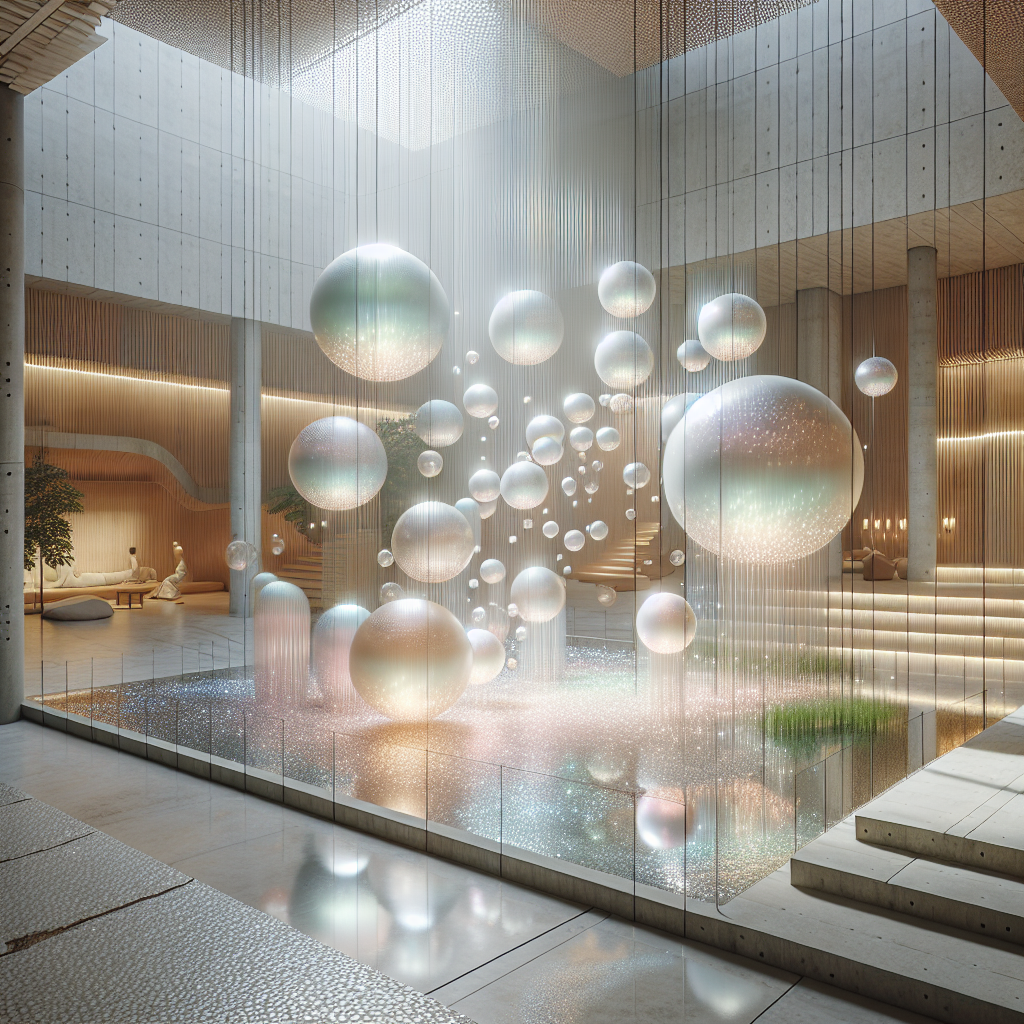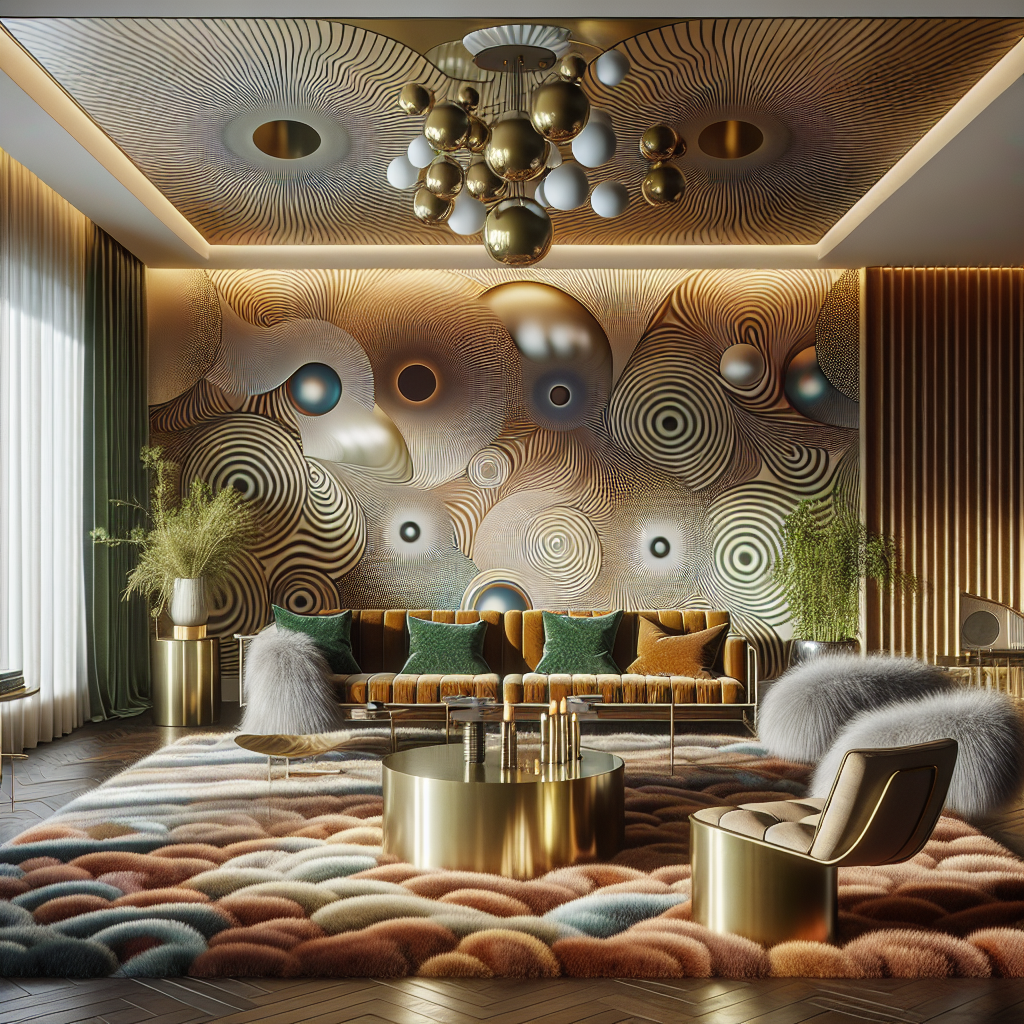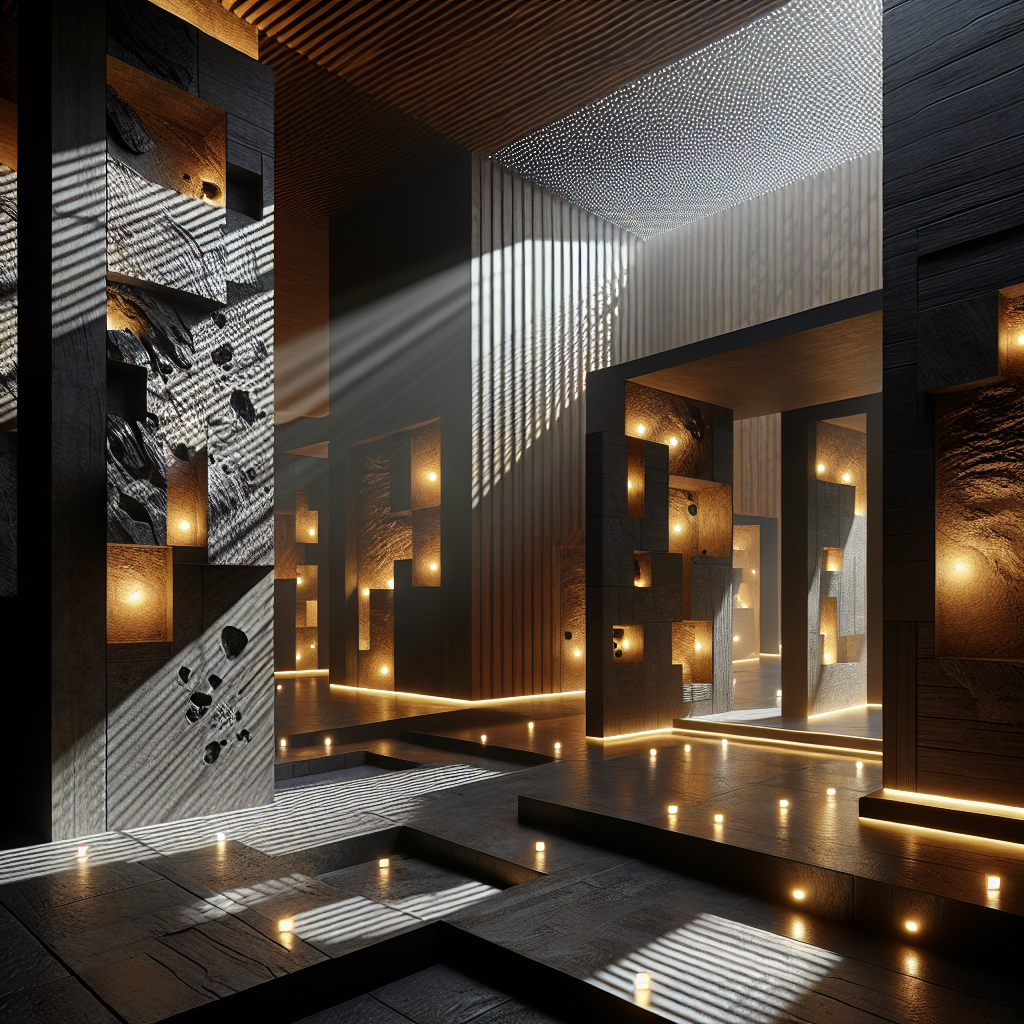Winding walkway illusions: dissolving rectilinear design norms
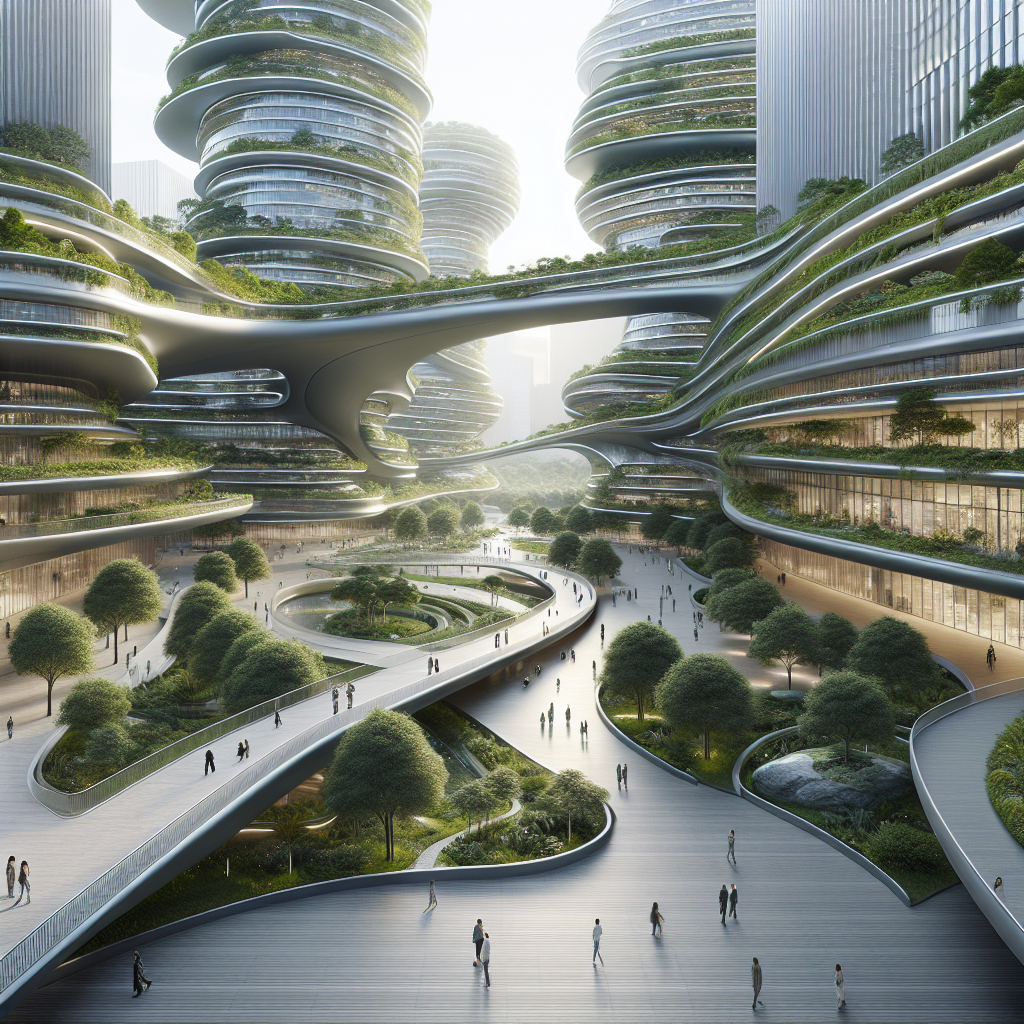
Winding Walkway Illusions: Dissolving Rectilinear Design Norms
The architectural world is undergoing a quiet revolution, one that gently yet persistently challenges the rigidity of traditional rectilinear forms. A new wave of designers and architects is embracing fluidity, crafting winding walkways and sinuous paths that dissolve conventional straight lines, redefining spatial perception and human interaction with built environments. This shift toward organic, flowing forms not only captivates visually but also profoundly impacts the psychological and emotional experience of spaces.
The Allure of Curvilinear Design
Rectilinear architecture, with its straight lines and sharp angles, has long dominated urban landscapes, epitomizing efficiency and order. Yet, recent trends reveal a growing preference for designs that mimic the fluidity of nature. This movement, often inspired by biophilic design principles, emphasizes curves and winding pathways that echo natural forms, creating spaces that resonate deeply with human sensibilities.
One striking example is the serpentine walkway at the Gardens by the Bay in Singapore. Here, a gracefully winding elevated path meanders through lush greenery, offering visitors an immersive experience that feels more like a journey through a natural landscape than a structured urban park. The walkway’s gentle curves not only enhance visual appeal but also subtly guide movement, creating an intuitive and calming user experience.
Optical Illusions and Spatial Perception
Winding walkways are not merely aesthetic choices; they profoundly influence spatial perception, often creating intriguing optical illusions. Curvilinear paths can make spaces appear larger, inviting exploration and discovery. The High Line in New York City exemplifies this concept masterfully. Its meandering route through Manhattan’s West Side transforms a linear urban park into a dynamic spatial experience, constantly shifting perspectives and framing unexpected vistas of the cityscape.
This phenomenon aligns with the psychological principle of mystery, a key element in environmental psychology. According to studies, spaces that hint at hidden areas or unfolding views stimulate curiosity and engagement, enhancing the overall user experience. The High Line’s success underscores the power of winding pathways to create compelling urban environments that captivate and inspire.
Breaking Norms: Architectural Innovations
Innovative architects are increasingly pushing boundaries, experimenting with forms that defy traditional geometric constraints. Zaha Hadid Architects, renowned for their pioneering approach, have long championed fluid forms. Their Galaxy SOHO complex in Beijing exemplifies this ethos, featuring interconnected, curvilinear structures that seamlessly flow into one another. The complex’s winding walkways and open courtyards dissolve traditional architectural boundaries, creating spaces that feel both futuristic and inherently natural.
Similarly, the recently completed Bosco Verticale in Milan incorporates winding paths within its vertical gardens, integrating greenery and architecture in a harmonious dance. This project, celebrated for its innovative approach to urban greening, illustrates how curvilinear design can foster a deeper connection between inhabitants and their environment, promoting well-being and sustainability.
Material Innovations Facilitating Curvilinear Forms
Advancements in construction materials and technologies have significantly facilitated the adoption of curvilinear designs. Digital fabrication techniques, such as 3D printing and parametric modeling, allow architects unprecedented freedom to explore complex, organic shapes. For instance, the rise of digital fabrication in architecture has enabled the creation of intricate, winding structures previously deemed impractical or impossible.
Moreover, sustainable materials like engineered timber have proven particularly suited to curvilinear forms. Projects such as the timber skyscrapers emerging globally demonstrate timber’s versatility, combining structural integrity with aesthetic elegance. These innovations not only expand design possibilities but also align with global sustainability goals, offering environmentally responsible alternatives to traditional construction methods.
Psychological and Social Impacts
The shift toward winding, organic pathways is not merely aesthetic; it carries profound psychological and social implications. Research indicates that curvilinear spaces evoke feelings of comfort, relaxation, and creativity, contrasting sharply with the rigidity and formality associated with rectilinear environments. The Guggenheim Museum Bilbao, designed by Frank Gehry, epitomizes this effect. Its flowing forms and winding interior walkways create an immersive experience that encourages exploration and contemplation, profoundly impacting visitors’ emotional responses.
Additionally, curvilinear designs can foster social interaction by creating spaces that encourage casual encounters and communal activities. Public spaces featuring winding paths, such as Copenhagen’s Superkilen Park, exemplify this principle. The park’s sinuous pathways and varied zones invite diverse interactions, promoting inclusivity and community engagement. This approach aligns with contemporary urban design trends emphasizing human-centric, socially responsive spaces.
Future Trajectories: Curvilinear Urbanism
As cities continue to evolve, the integration of winding walkways and curvilinear forms is poised to become increasingly prevalent. The ambitious Line Project in Saudi Arabia, although primarily linear in concept, incorporates organic, winding internal pathways designed to enhance livability and human experience. This project signals a broader shift toward curvilinear urbanism, where fluid forms and winding paths redefine urban planning paradigms.
Furthermore, emerging technologies such as augmented reality (AR) and virtual reality (VR) are set to revolutionize the way architects visualize and implement curvilinear designs. As explored in virtual reality in architecture, these tools enable architects and clients to experience and refine complex, winding spaces before construction, ensuring optimal outcomes and user satisfaction.
Conclusion: Embracing Fluidity in Design
The rise of winding walkway illusions and curvilinear forms marks a significant departure from traditional rectilinear norms, reflecting a deeper understanding of human psychology, environmental sustainability, and technological innovation. As architects and designers continue to explore the possibilities offered by fluid forms, we can anticipate increasingly dynamic, engaging, and human-centric built environments.
By embracing the inherent beauty and functionality of winding pathways, the architectural community not only enriches visual landscapes but also profoundly enhances the human experience. This shift toward fluidity and organic forms represents not merely a trend but a transformative movement, reshaping the future of architecture and urban design.
